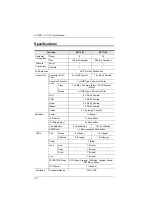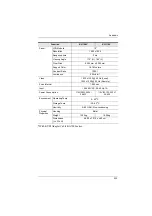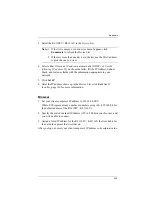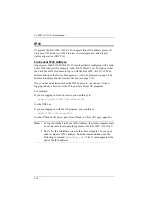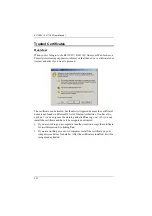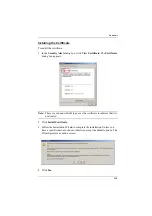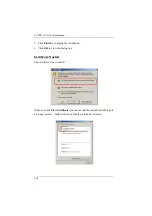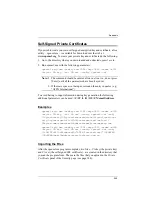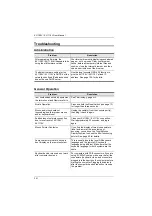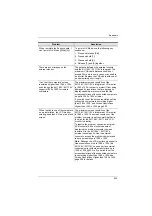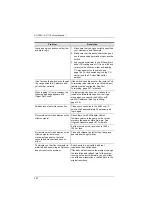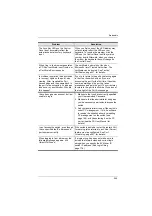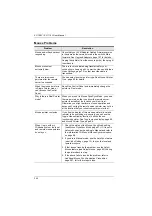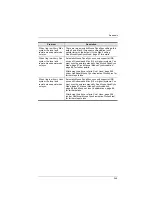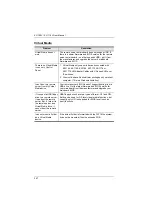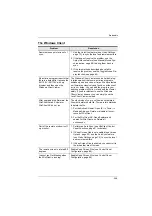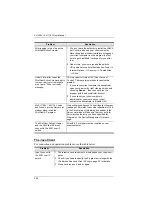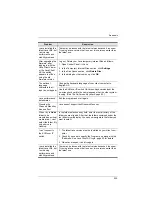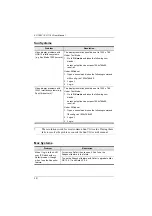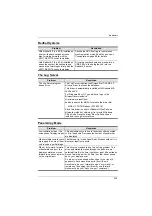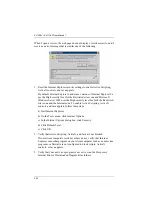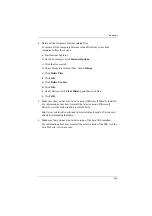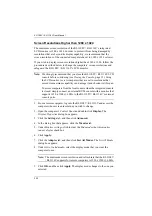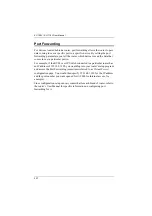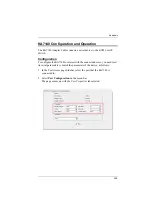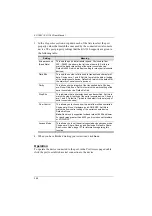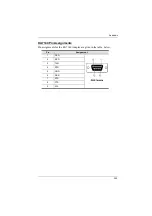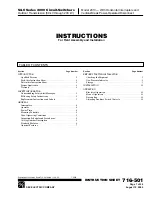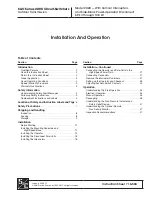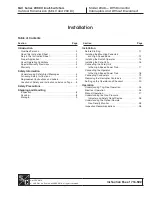
KL1108V / KL1116V User Manual
245
Mouse Problems
Problem
Resolution
Mouse and/or Keyboard not
responding.
Check that your KVM Adapter Cable’s firmware version
is the same as the version stored in the switch’s Main
firmware. See
Unplug the cable(s) from the console port(s), then plug it/
them back in.
Mouse movement
extremely slow
There is too much data being transferred for your
connection to keep up with. Lower the video quality (see
, page 73) so that less video data is
transmitted.
There are two mouse
pointers after the remote
server is accessed.
You can select another pointer type. See
When the mouse pointer is
in Single Pointer mode, I
can’t access the Control
Panel.
Recall the Control Panel and immediately change the
pointer to Dual mode.
Why is there a Dual Pointer
mode?
When you are not in Mouse DynaSync Mode, you need
the two pointers so that you know the remote server
pointer is actually at the location you think it is at.
Otherwise, you might perform a mouse operation and
because of net lag the remote server pointer may not be
at the location that your client computer pointer is at.
Mouse pointer confusion
If you find the display of two mouse pointers (local and
remote) to be confusing or annoying, you can use the
Toggle Mouse Display
function to shrink the non-
functioning pointer. See
When I log in with my
Windows system, the local
and remote mouse pointers
do not sync.
1. Check the status of the
Mouse Sync Mode
setting
Automatic
, change the setting to
Manual
and refer to
2. If you are in Manual mode, use the
AutoSync
feature
, page 73), to sync the local and
remote monitors.
3. If that doesn't resolve the problem, use the
Adjust
Mouse
feature (see
, page 65) to bring
the pointers back in step.
4. If the above fails to resolve the problem, refer to
Additional Mouse Synchronization Procedures
page 267, for further steps to take.

